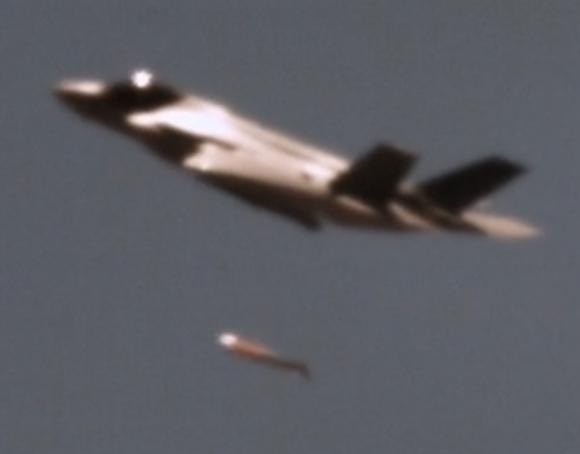One of the questions that the polarization of the international scenario following the outbreak of the Ukrainian war has brought back to the center of discussions is whether nuclear deterrence still has a specific function from a military and political perspective.
The deterrence factor, canceled by the shift from the strategic to the tactical field of the atomic instrument, implies a new approach to the issue. In fact, it is undeniable that the war in Ukraine has dug a wide gap between a "before", where nuclear deterrence was an established fact, and an "after", where the atomic weapon is considered usable tactically and, therefore, also in a situation that does not imply an emergency such as to jeopardize the survival of the State that uses it.
The competition between rival powers is also played out on the nuclear front and, also in the face of the strengthening of the Chinese atomic arsenal or the increasingly extreme Russian revisionism on the topic, the United States has announced that it intends to produce a modern variant of the B61 nuclear bomb, called B61-13.
The B61-13 would replace some B61-7s in Washington's current nuclear arsenal and would have a performance similar to the B61-7s, superior to that of the B61-12s, the latter also supplied to the Italian Air Force, within of NATO's shared nuclear program.
This was announced by the assistant for space policy to the Secretary of Defense, John F. Plumb, who explained that the construction of B61-13 bombs would not increase the number of devices available in the US nuclear arsenal and that production would be supported by the already consolidated development line of the B61-12, of which the one announced would be a sort of updating.
What Plumb also wanted to specify was that the development and putting into production of the new hydrogen bomb with variable potential does not constitute a "response" by Washington to specific initiatives taken by some rival power, but that it is the result of an analysis of the international security situation in the light of the most recent events.
It should be underlined that the B61-13, like the B61-12, are part of that group of atomic bombs transportable on supersonic assets not only by the United States, but also supplied to the European allies and which, therefore, are designed to be used also by Tornado and by F-35s Lightning II, as well as by F-16s.
Precisely the function of nuclear sharing and therefore of renewed development of the NATO atomic umbrella is an integral part of the strategic plans that pushed the United States to face the challenge of the B61-13. For Plumb, the United States “they have a responsibility to continue to assess and field the capabilities we need to credibly deter and, if necessary, respond to strategic attacks and reassure our allies”, also pushing them, where necessary, to take on more important responsibilities for the collective security of the Western bloc.
A brief comment deserves the function ofF-35 Lightning II as a nuclear “strategic bomber”. The doctrines for the use of the air weapon will be established on the F-35 between now and the next decades, with this fifth generation multi-role fighter which will support - or rather, constitute its organic backbone - its sixth generation successors and the swarms of drones.
It is clear that, even in the face of a broader role envisaged for the F-35, in a multi-domain conflict perspective and no longer a simple action to achieve air superiority, the armament also needed to be improved and that, even from a strategic-nuclear point of view, the aircraft must and can constitute a useful tool for military and political decision-makers in Washington and Western Europe.
Frame: F-35 Joint Program Office












